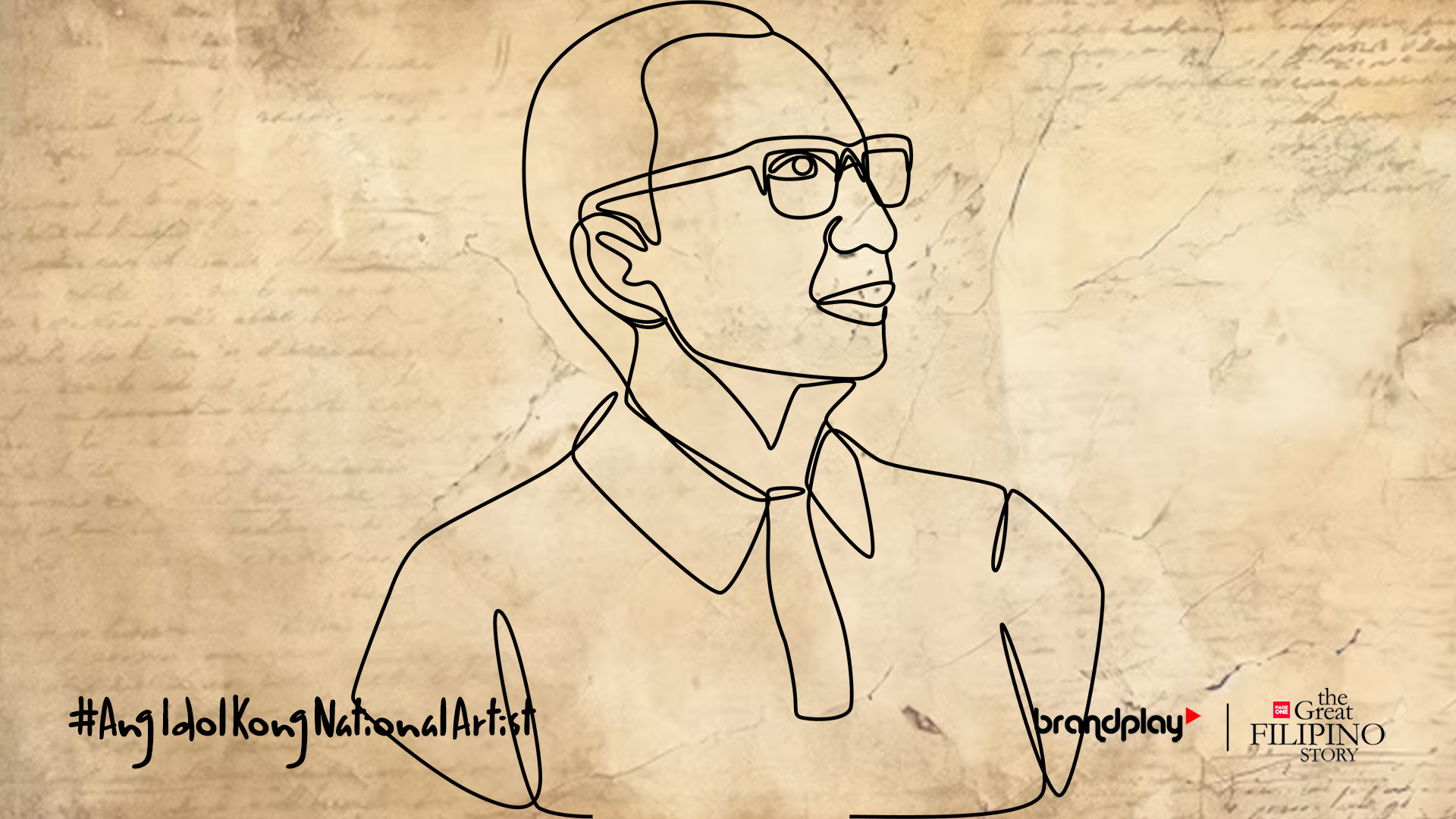The Bonifacio Monument in Caloocan; the Oblation at the University of the Philippines Diliman; the bronze figures of President Quezon at the Quezon Memorial Circle; and the life-size busts of Jose Rizal at Palma Hall, UP Diliman, and University of the East; no other person was able to carve them with elegance and expertise the way Guillermo Tolentino did.
Guillermo Estrella Tolentino was born on July 24, 1890, in Malolos, Bulacan, to Isidro Flores Tolentino, a tailor, and Balbina Estrella. He was formerly interested in the guitar because his father was a skillful guitarist. However, when he began to play with clay to mold figures of horses and dogs out of them, his interest in sculpting was born.
Tolentino started his education at Malolos Intermediate School before transferring to Manila. There, he attended formal studies at the University of the Philippines’ School of Fine Arts. He was mentored by Vicente Rivera who was responsible for teaching him the techniques of painting before moving to another teacher, Vicente Francisco, to learn more about sculpture. In 1911, Tolentino created his first illustration titled “Grupo de Filipinos Ilustres”, which showed several national heroes, politicians, and revolutionaries posing together. This lithographed illustration became popular with Filipino families in the early 20th century. He graduated in 1915 with a degree in fine arts.
After graduating, Tolentino spent the majority of his time rendering and creating monuments for different parts of the Philippines. He was responsible for the San Miguel de Mayumo monument that represented the Pact of Biak na Bato. In 1918, one of his most important projects was working with the contractor Tomas Zamora to construct monuments of Rizal, a mausoleum, and others in Laguna.
In 1919, the start of Tolentino’s continued success began. After he went to Washington, D.C. in America, he was granted a scholarship by Bernard Baruch after witnessing Tolentino’s Peace statue that he made shortly after arriving in the country. This led to Tolentino enrolling at the Ecole de Beaux Arts which involved advanced lessons in sculpture. To make money, he also worked as a messenger and assistant to Gutzon Borglum, an American sculptor. He finished his studies at the Ecole de Beaux Arts with multiple awards in 1921 and left for Europe in the same year.
In Europe, he planned to pursue as many studies as he could by enrolling in Regge Instituto Superiore di Belle Arti di Roma, a public tertiary academy of art.
When Tolentino finally returned to the Philippines in 1925, he became a professor at UP Diliman’s School of Fine Arts. The turning point in his artistic career was when he joined a contest in 1930 to design the Bonifacio Monument. What made him stand out was his decision to base the statue of Bonifacio on the statements that the people who participated in the Philippine Revolution said while he was interviewing them. Alongside this, Tolentino based Bonifacio’s figure on the bone structure of his sister Espridiona Bonifacio. He won first place and a cash prize of 3,000 pesos on July 29.
Tolentino also carved one of the most iconic symbols of the University of the Philippines, the Oblation, after being commissioned by Rafael Palma in 1935 and using concrete that was painted to look like bronze. Tolentino’s creation, which is now a symbol of academic freedom in U.P., was originally unveiled in the Padre Faura Quadrangle of U.P. Manila.
Tolentino was the recipient of numerous awards. He received the UNESCO Cultural Award in Sculpture in 1959, the Araw ng Maynila Award in Sculpture in 1963, the President’s Medal of Merit in 1970, the Republic Cultural Heritage Award in 1967, and the Diwa ng Lahi Award in 1972.
It was on June 12, 1973, when Tolentino was finally crowned a National Artist for Sculpture due to his talent and significant contribution to sculpture. Many of Tolentino’s smaller sculptures and busts of heroes are now located and preserved in the National Museum of Fine Arts and at the Malacañang Palace.
Tolentino passed away on July 12, 1976, at the age of 85.
Tolentino’s passion for sculpting was not only imbued with talent but also with love and respect for the figures he was basing the monuments. Using different materials from clay to concrete and marble, Tolentino not only cemented his own legacy like what any other artist aspired to do; he also did likewise to the long-gone heroes and champions of the Philippines through the monuments and statues he so proudly made, further immortalizing his and their lifelong efforts in representing and protecting the culture and identity of the Filipino people.








